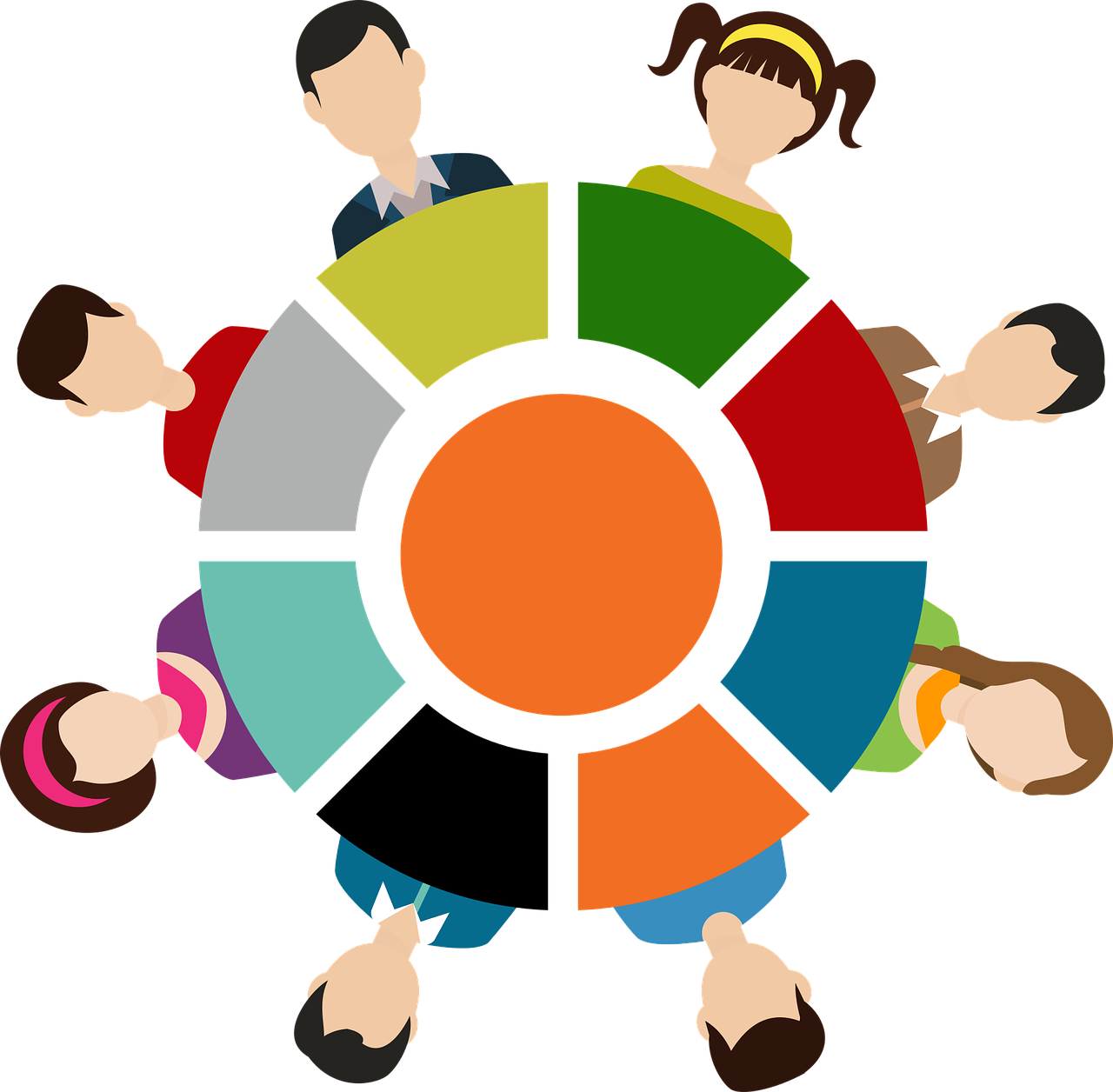When managers or team leaders talk about team performance, one process that is considered synonymous is team building. Team building is often seen as the solution to everything that affects a team. There is a tendency to think ‘Team performance is below expectations, so let’s hold a team building program and call an expert to conduct some team building games.’
In reality, team building is just one aspect in eliciting a good team performance. High team performance has a whole host of issues associated with it.
Team building comprises all those factors that help a team become cohesive and collaborative. It is not easy for 5 or 6 people who previously worked individually, to get together and use their combined expertise to deliver results. They have to learn to work together without getting into interpersonal conflicts and problems. That’s where good team building programs can guide the teamwork. It is a process that tackles interpersonal issues that can become obstacles in the path of effective team effort. Team building also addresses how to behave and interact within a team environment and therefore guides teams on issues such as group decision making, out-of-the box thinking and collective problem solving.
Team performance on the other hand, is all about tangible results, productivity and exceeding the assessment standards and benchmarks set. Performance at the basic level is all about accomplishing something of value and achieving the desired results. The factors that effect team performance have a broader scope within the organisation framework and comprise of tools and techniques that can help a team realise the organisation goals. Many large corporations take into account their customer satisfaction levels and the financial performance of their business units before they decide on rewards for their teams. For a team to prove its worth within an organisation and for individual team members to add value to the common team mission, the focus has to be on performance. Every individual within the team has to have a performance driven work approach for the team as a whole to succeed.
Here’s an interesting excerpt from the book ‘The Wisdom of Teams’. Authors Jon Katzenbach and Douglas Smith talk of the team performance curve and the gradual progression towards becoming a high performance team:
‘By choosing the team path instead of the working group, people commit to take the risks of conflict, joint-work products, and collective action necessary to build a common purpose, set of goals, approach, and mutual accountability. People who call themselves teams but take no such risks are at best pseudo-teams. Potential teams that take the risks to climb the curve inevitable confront obstacles. Some teams overcome them; others get stuck… Performance, not team building, can save potential teams or pseudo-teams, no matter how stuck’.
This suggests that if teams want to succeed, they have to focus on performance and tangible results. This involves making a collective effort to convert a common mission and defined performance goals into high impact actions that help towards realising organisation goals. For teams to become high performance entities, they have to be committed to delivering business results. Team building is a process that helps teams work better together. Team performance on the other hand is driven by bringing skills, expertise, initiative, intellectual abilities, work approaches and experience together to jointly achieve results. The theories, models and methodologies to drive performance are therefore different.
Working Models For High Performance Teams
 Team Building Portal
Team Building Portal